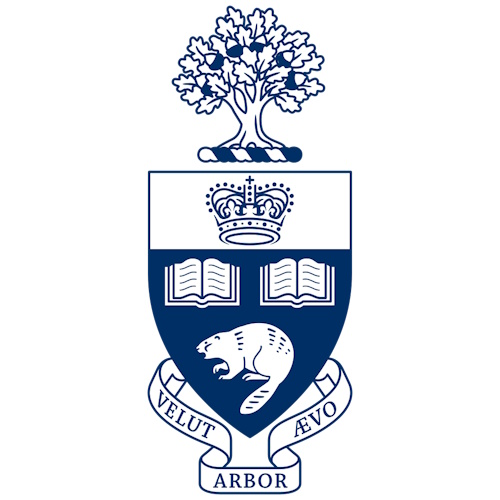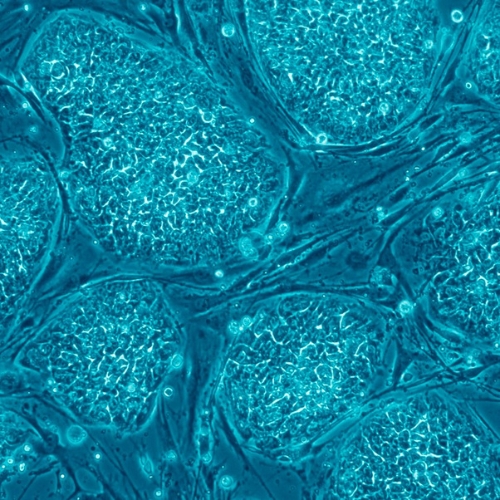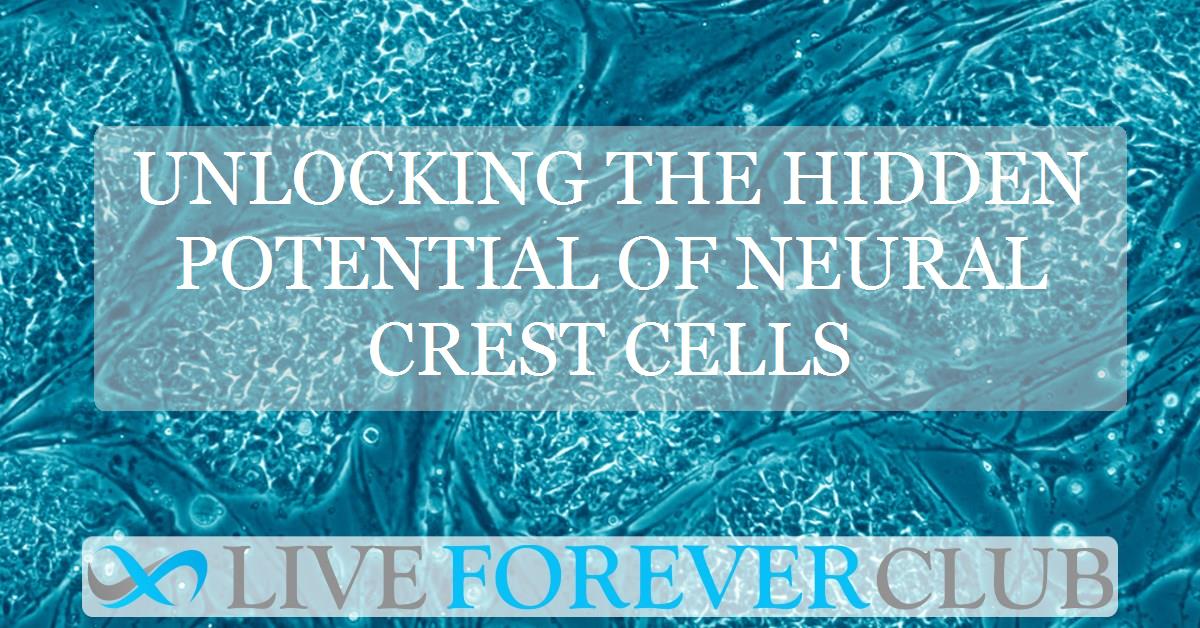Key points from article :
In a recent Stem Cell Reports publication, researchers from the University of Toronto, led by Derek van der Kooy, challenge existing ideas about direct cellular reprogramming. This process involves transforming somatic cells directly into another differentiated cell type without reverting them to a pluripotent state. Despite its promise, direct reprogramming, like pluripotent reprogramming, is known for low efficiency, raising questions about the underlying mechanisms.
The study explored direct reprogramming using neonatal murine fibroblasts, expected to convert into neurons when treated with transcription factors BRN2, ASCL1, and MYT1L (BAM). Surprisingly, nearly all reprogrammed neurons originated from a rare subset of neural crest stem cells (NC cells), rather than the fibroblasts. NC cells, derived from early embryonic development, are versatile and persist in tissues into adulthood. The team confirmed this by depleting NC cells in culture, which resulted in almost no neuronal reprogramming, suggesting that only these cells have the potential for such transitions.
This finding casts doubt on the notion that differentiated cells can transition directly into distantly related types. As van der Kooy explains, “What we’ve actually found are stem cells in the skin that are derived from the brain,” indicating that previous studies may have overlooked these rare NC cells when attributing reprogramming potential to mature cells.
While the study's implications for direct reprogramming are significant, researchers like Vittorio Sebastiano from Stanford caution against overgeneralizing the results, noting that other cell types, such as blood cells, show clear reprogramming potential. Similarly, Yuri Deigin, co-founder of YouthBio Therapeutics, highlights that these findings do not challenge the principles of full pluripotent reprogramming, where all cells may have potential if epigenetic barriers are addressed.
This research emphasizes the importance of understanding cellular identities in reprogramming while highlighting the unique role of NC cells. The discovery could refine approaches to cellular therapies and bolster understanding of cellular transitions in regenerative medicine.










